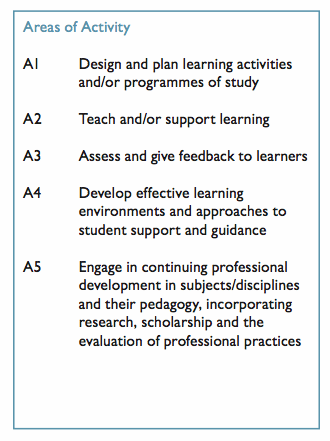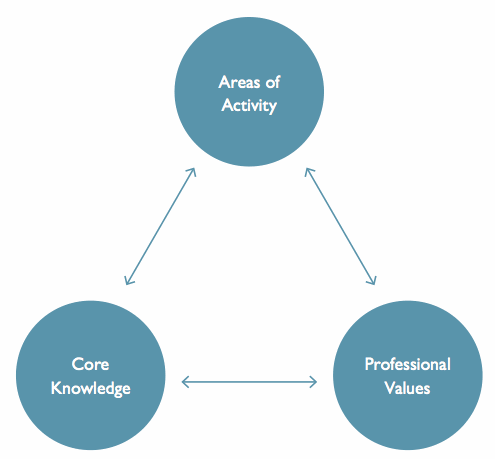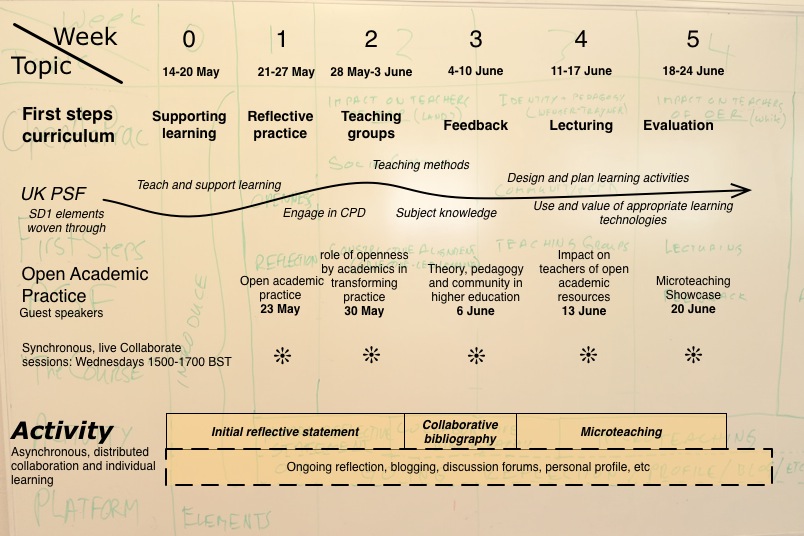 As I am putting the final tweaks in my preparation for my 3-hour on-campus session of my Pace University course, NURS 840: Teaching and Learning in Advanced Practice Nursing, I am again pausing for a moment to explore and further develop my COWIL model (Consider the Opposite of What I Like) to better meet the needs for my students. Students who like what I like or think similarly as I do are already fine — I will meet their learning needs more easily as we are already approaching learning in a similar manner. The trick is being able to meet the needs of other students who don’t approach teaching and learning as I do. Yes, I can focus on my methods that already seem to work, but is that really taking them where they are and working with them? Is that really respecting some of their own interests?
As I am putting the final tweaks in my preparation for my 3-hour on-campus session of my Pace University course, NURS 840: Teaching and Learning in Advanced Practice Nursing, I am again pausing for a moment to explore and further develop my COWIL model (Consider the Opposite of What I Like) to better meet the needs for my students. Students who like what I like or think similarly as I do are already fine — I will meet their learning needs more easily as we are already approaching learning in a similar manner. The trick is being able to meet the needs of other students who don’t approach teaching and learning as I do. Yes, I can focus on my methods that already seem to work, but is that really taking them where they are and working with them? Is that really respecting some of their own interests?
I cannot consider the opposite unless I am clearer on what I like. While I did enough of that to get me started on this process, I want to turn my reflective attention to considering what I do not like, or to put it more gently, to more clearly articulate what does not resonate as much with me. To do so, I will reach out again to borrow from the work of Stephen Brookfield, this time his work around around the critical thinking process:
- Identify assumptions embedded in words & actions (discourses & systems)
- Assess grounds – evidence, accuracy & validity
- Take alternative perspectives – intersubjective understanding / perspective taking
- Take informed action / agency
While I am not seeking to critically think through things at this time, I do want to focus on the assumptions aspect, namely to identify those things I assume — those taken for granted beliefs about the world, and our place within it, that seem so obvious to us as not to need to be stated explicitly (again, from Brookfield).
As I see my COWIL model developing, I intentionally want to identify the things I assume are not the case about the world and my place in it, in this context teaching and learning, and explore if there is some way I can bring those things into my class as UNDOUBTEDLY there will be people who think differently enough that perhaps their needs may be met.
Let’s try a simple example I have in mind. I assume people learn by discussing (constructionist) and also by internally grappling with content based on personal experience. However, this assumption does not readily allow for watching videos and then discussing them (as I personally do not watch a lot of television, videos, movies or the like). However, in Considering the Opposite of What I Like (COWIL), perhaps I should try a video or two (like we try all things in class to see if they work for the learners, content, time, etc.) in the course.
Yes, this is a simple example that may not need a degree in education to see, but what better place to start than with something simple as I am exploring and fleshing out this model? After all, if a video or something more multimedia does not work, what has been lost? If nothing else, it becomes another teachable moment as the experience (consider actor-network theory) may more closely resonate with common learning approaches for some.
I will let you know what I find, though working through COWIL from the critical thinking frame to flesh out those assumptions can be quite useful.



